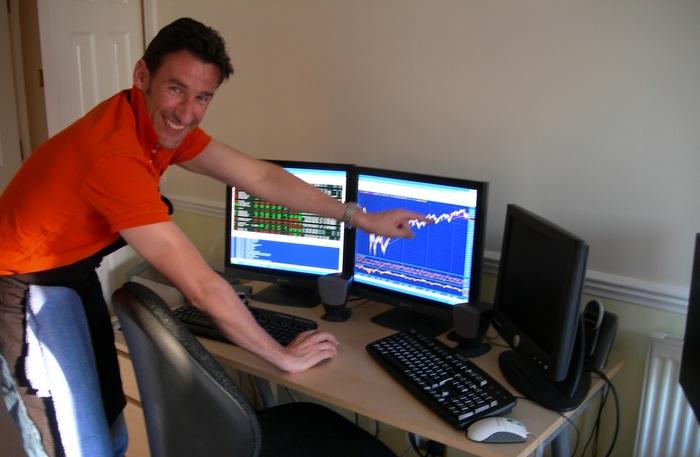Finance: Reduce risks while playing market

PHUKET: I am asked all the time, by those who know I am patiently waiting for the next crash to re-enter equity markets, if there is some way they can participate now while reducing downside risk. If we are talking about funds that will need to be liquidated any time within the next five or ten years, I would say no. However, if you have a longer time frame, there is one way to increase yield on a portfolio that effectively minimizes the effect of riding out a crash.
Keep in mind I said ‘riding out a crash’, meaning that when a crash comes you will still need to stomach sitting through the downside and hold through until the next recovery. If you can’t stand to see a 30-50 per cent temporary drop in the value of an investment, then you need to wait for the crash and invest when the market represents real value. However, if you don’t need to access capital and wish to draw an income there is a simple strategy that can work.
The strategy consists of creating a diversified portfolio of blue chip stocks to begin with. These need to be reliable dividend-paying companies in industries where they hold a serious long term advantage. You might be lucky to get an average dividend yield of four or five per cent, which generally speaking is not worth the current downside risk of watching your account balance drop like a rock in the next crash.
The part of the strategy that helps minimize the risk is increasing the income by writing ‘out of the money’ call options. You collect a fee, or a premium, for giving someone the right to buy the stock at a higher price in the future. This works best with European-style options, because with these what matters is only the price on the day the option expires. If the price temporarily goes above the agreed upon price, you are not forced to sell and continue to receive the dividend. Using this strategy you can bring the yield of the portfolio to somewhere between 10-15 per cent. There is no downside risk to someone exercising the options, since that means you are selling out of the stock at a price higher than you paid for it and you also collected a fee in the process.
There is nothing for free in this world, and this strategy does not violate this reality. What you are giving up is the opportunity cost if the stocks go up drastically in the future. However, for those needing yield now, this could be an acceptable trade-off in exchange for the extra yield in a low interest rate environment. There is also the obvious market downside, but if you plan to hold through a crash until the next bull market, you can continue writing out of the money options and generating yield the entire time while also collecting dividends.
I would be extremely conservative in how much of an overall portfolio one allocates to pursuing a strategy like this, probably 20-30 per cent. For those who feel like this is too technical of a strategy to pursue on their own, there are very liquid daily trading funds that pursue this strategy as well. You simply lose a percentage of the yield in management fees.
David Mayes, MBA, resides in Phuket and provides wealth management services to expatriates around the globe, focusing on UK pension transfers. He can be reached at david.m@faramond.com or 085-335-8573. Faramond UK is regulated by the FCA and provides advice on pensions and taxation.
— David Mayes
Latest Thailand News
Follow The Thaiger on Google News:


























